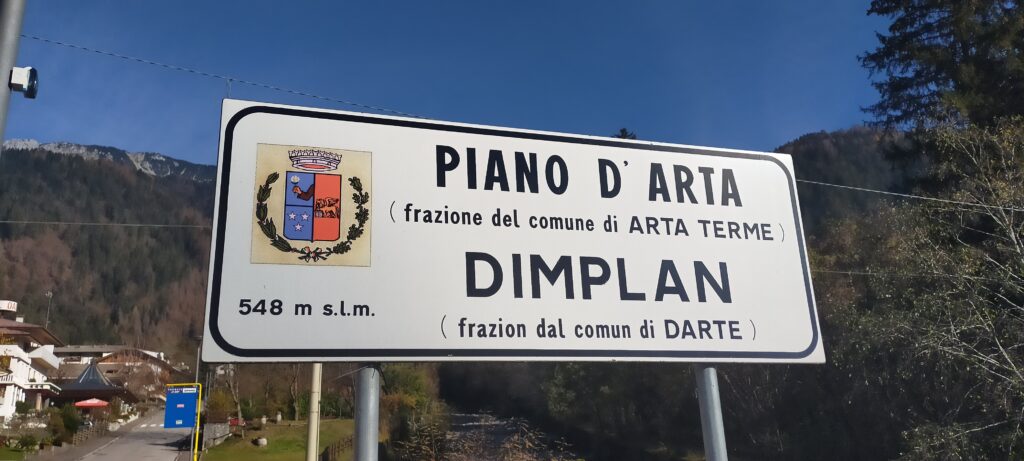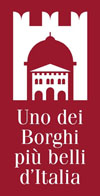Place name signs

Wandering around Friuli you will often notice that on the road signs indicating the name of the country there are two names, sometimes very different from each other. In fact, there is a regional law that authorizes (but above all promotes) the use of the Italian language and the Friulian language in a large part of Friuli Venezia Giulia. In addition to road signs, many publications or official documents are written in the two languages.
Uno dei borghi più belli d’Italia

The “Associazione dei Borghi più belli d’Italia” (Association of The Most Beautiful Villages in Italy) selects, groups and promotes several Italian villages deemed particularly interesting in terms of quality of life, art, history, environment. In particular, in Friuli there are 13 villages that can boast the title “Uno dei borghi più belli d’Italia” (One of the most beautiful villages in Italia) and which are Clauiano, Cordovado, Fagagna, Gradisca d’Isonzo, Palmanova, Poffabro, Polcenigo, Sappada, Sesto al Reghena, Strassoldo , Toppo, Valvasone Arzene, Venzone.
Unesco heritage sites
In Friuli there are five important Unesco sites.
The cities of Cividale del Friuli, Aquileia, Palmanova, Palù di Livenza and the Friulian Dolomites.
Aquileia (181 a.c.) and Cividale (2nd century a.c.) are two important cities of Roman origin. The first was an important settlement for the conquest of the territories and administrative-economic center for the whole area. The area was a junction for the northern streets including the Julia-Augusta road and the river ports of Aquileia and was also the seat of the Patriarchate. Cividale was founded by the Romans but later passed to the Lombards and the Serenissima.
Palmanova, founded at the end of the 1500s, was above all a fortress for the control of the eastern border of the Republic of Venice but the city project also included a civil use as it was designed following some ideas of the “ideal city” of the Renaissance.
In Palù di Livenza there is one of the pile-dwelling sites of northern Italy (Paleolithic age) with important evidence of the life of the time.
The Friulian Dolomites are part of the largest group of mountains in the Alps which are preserved.
